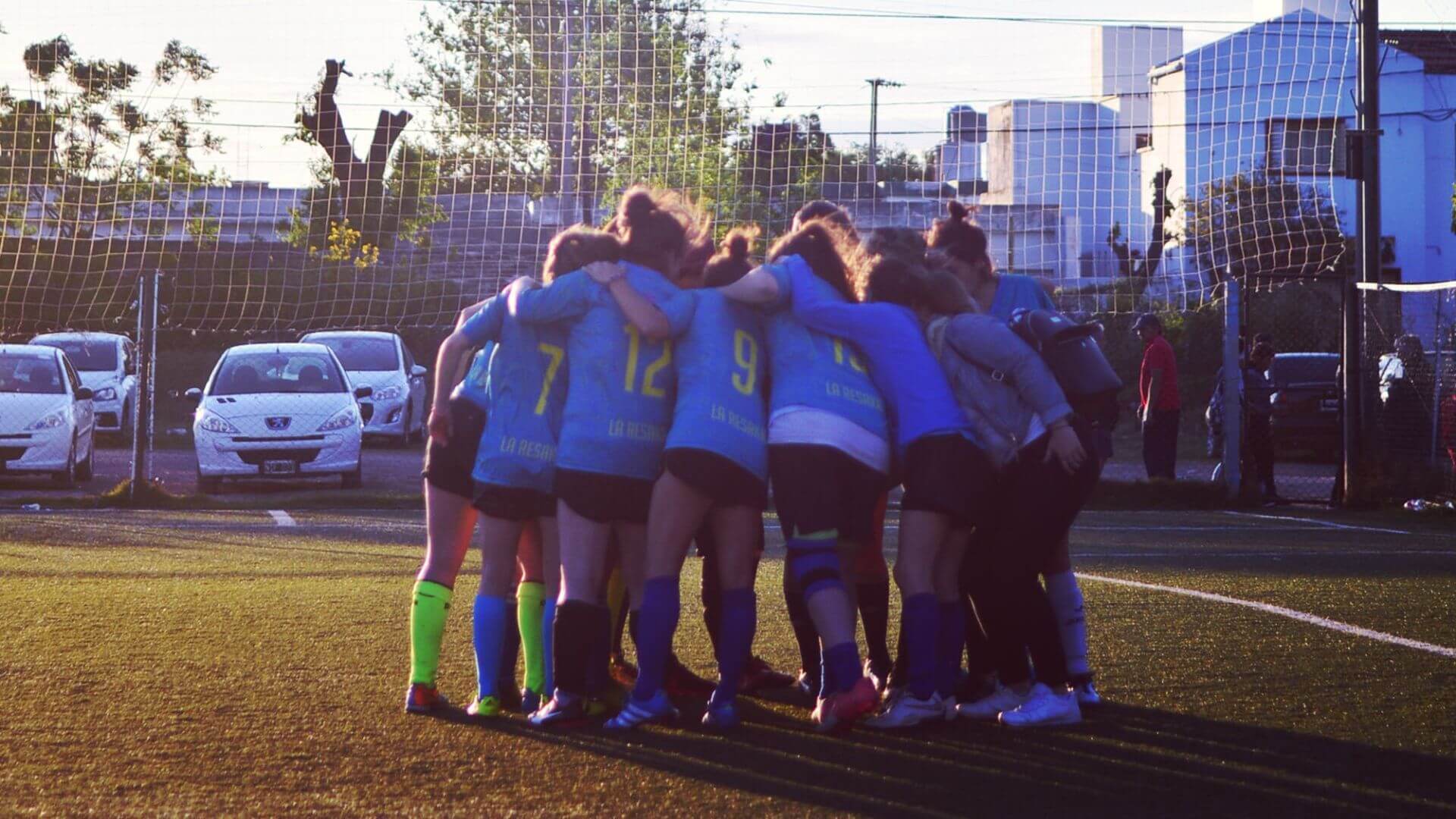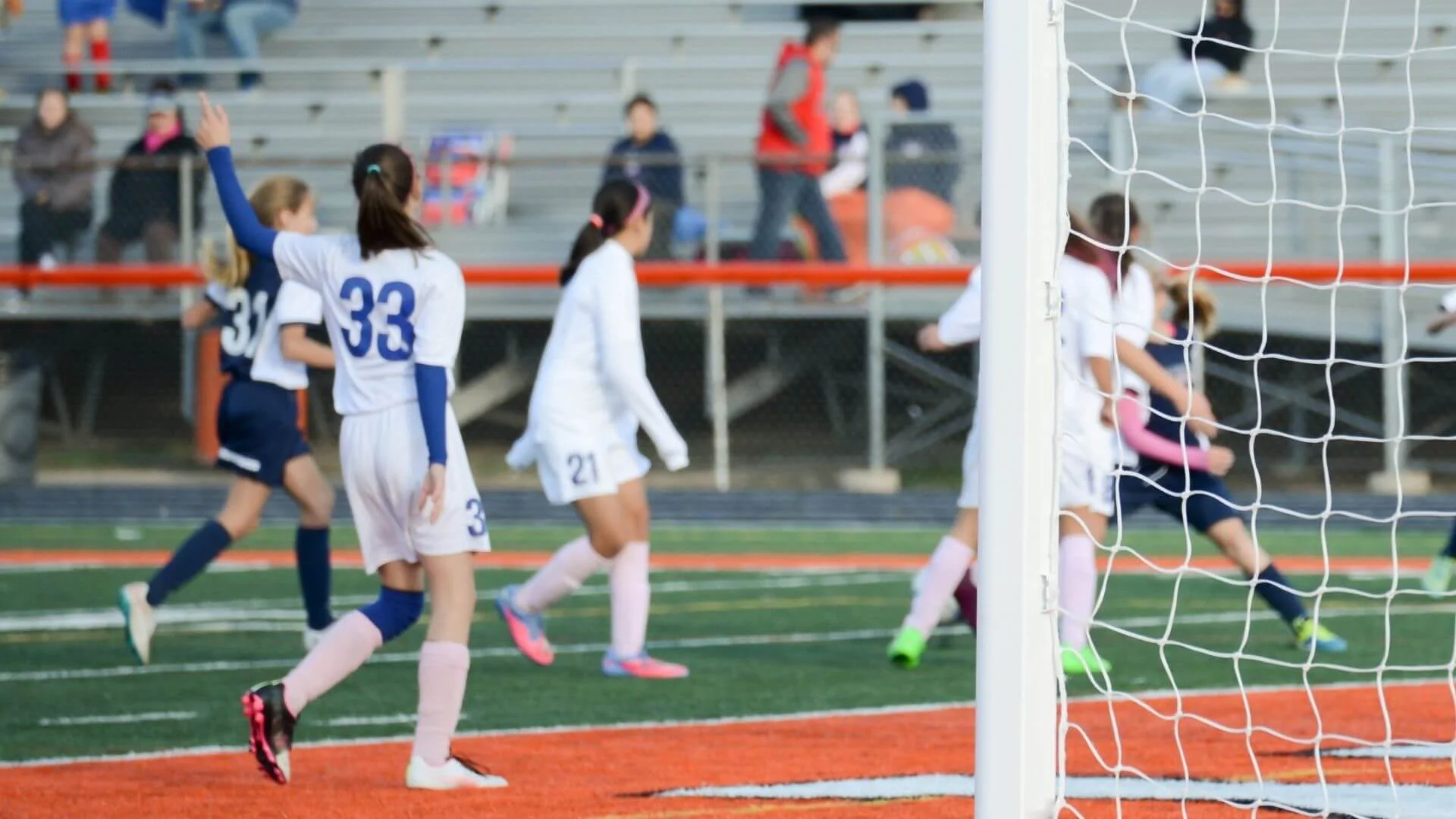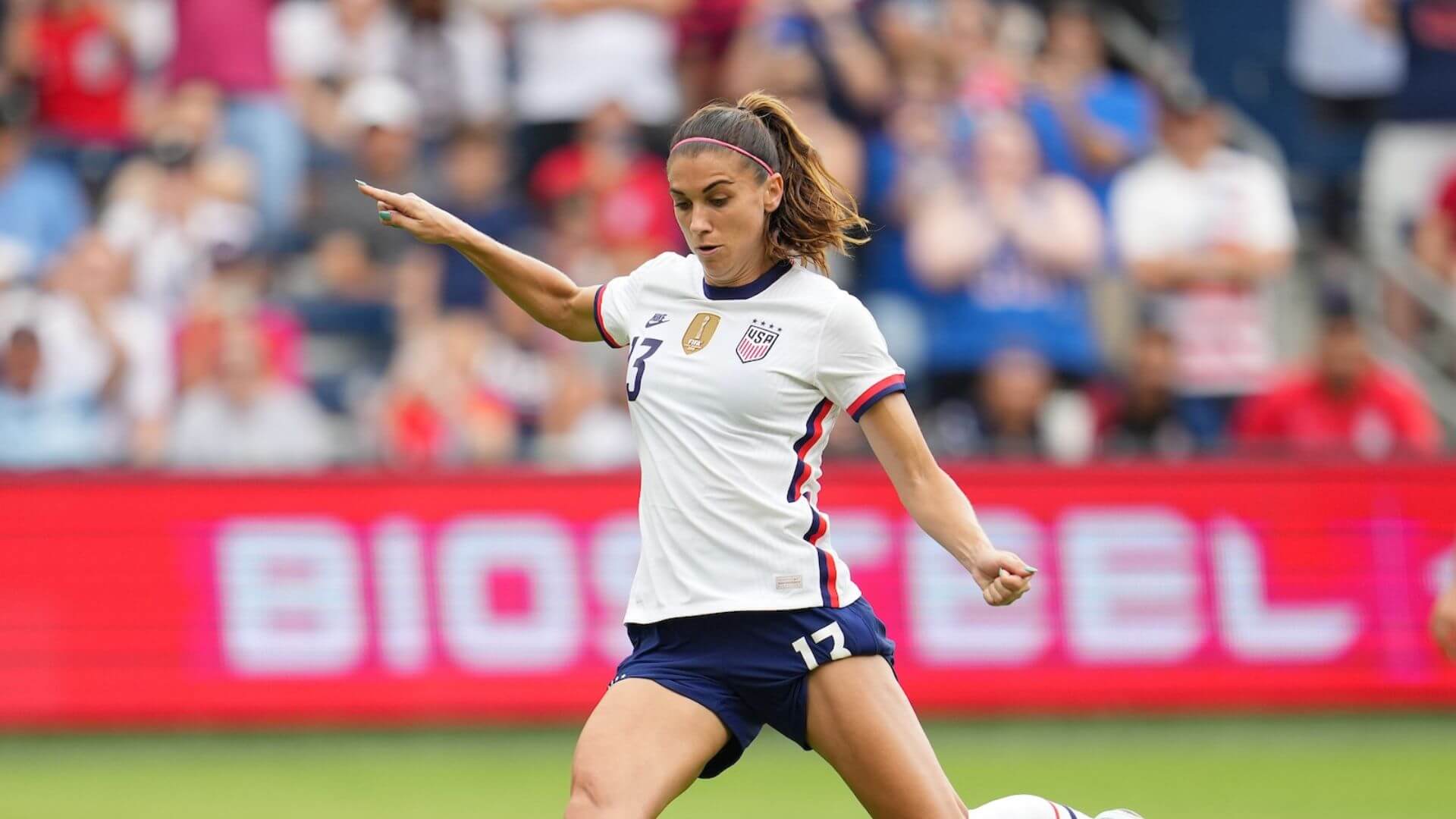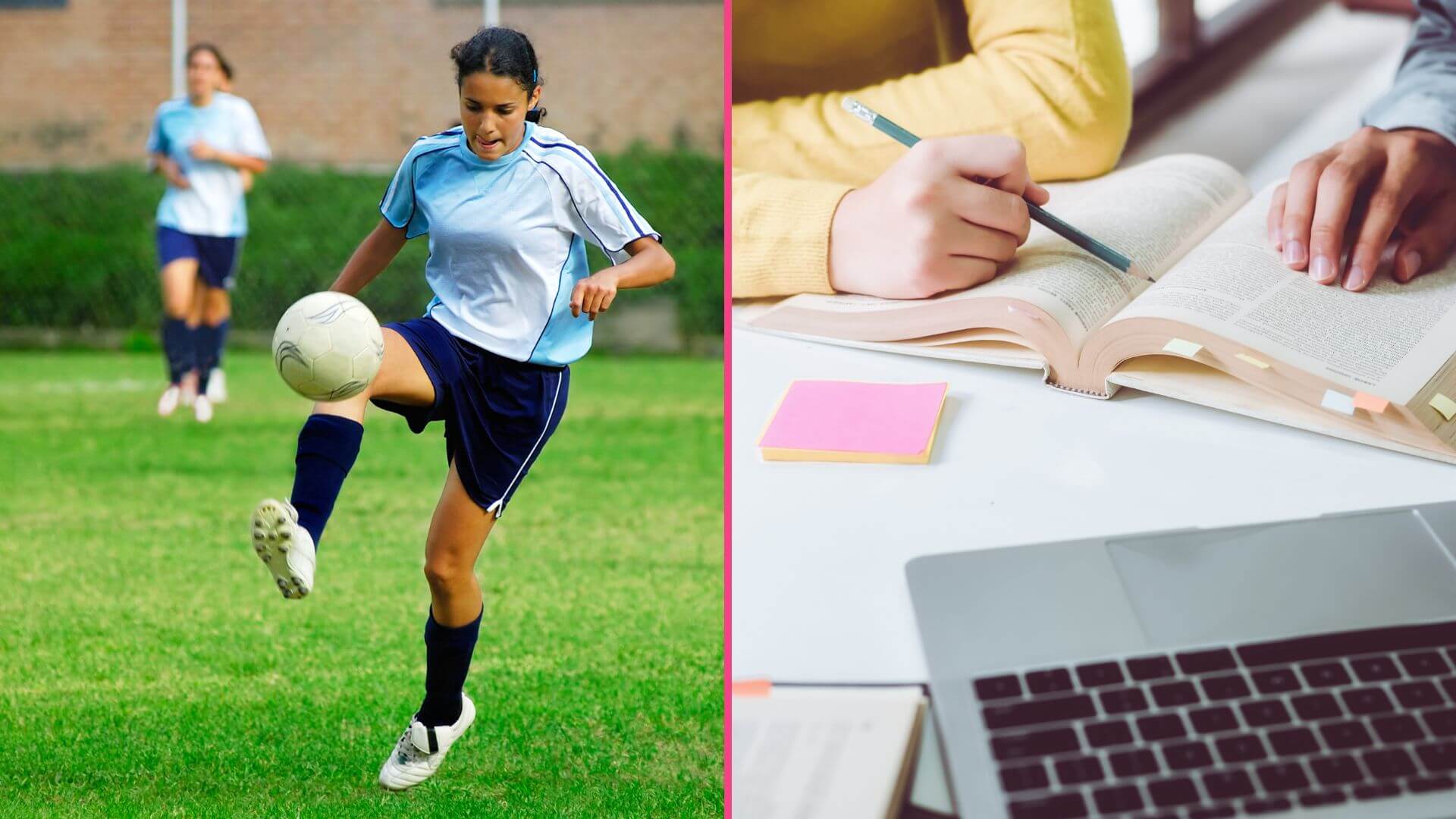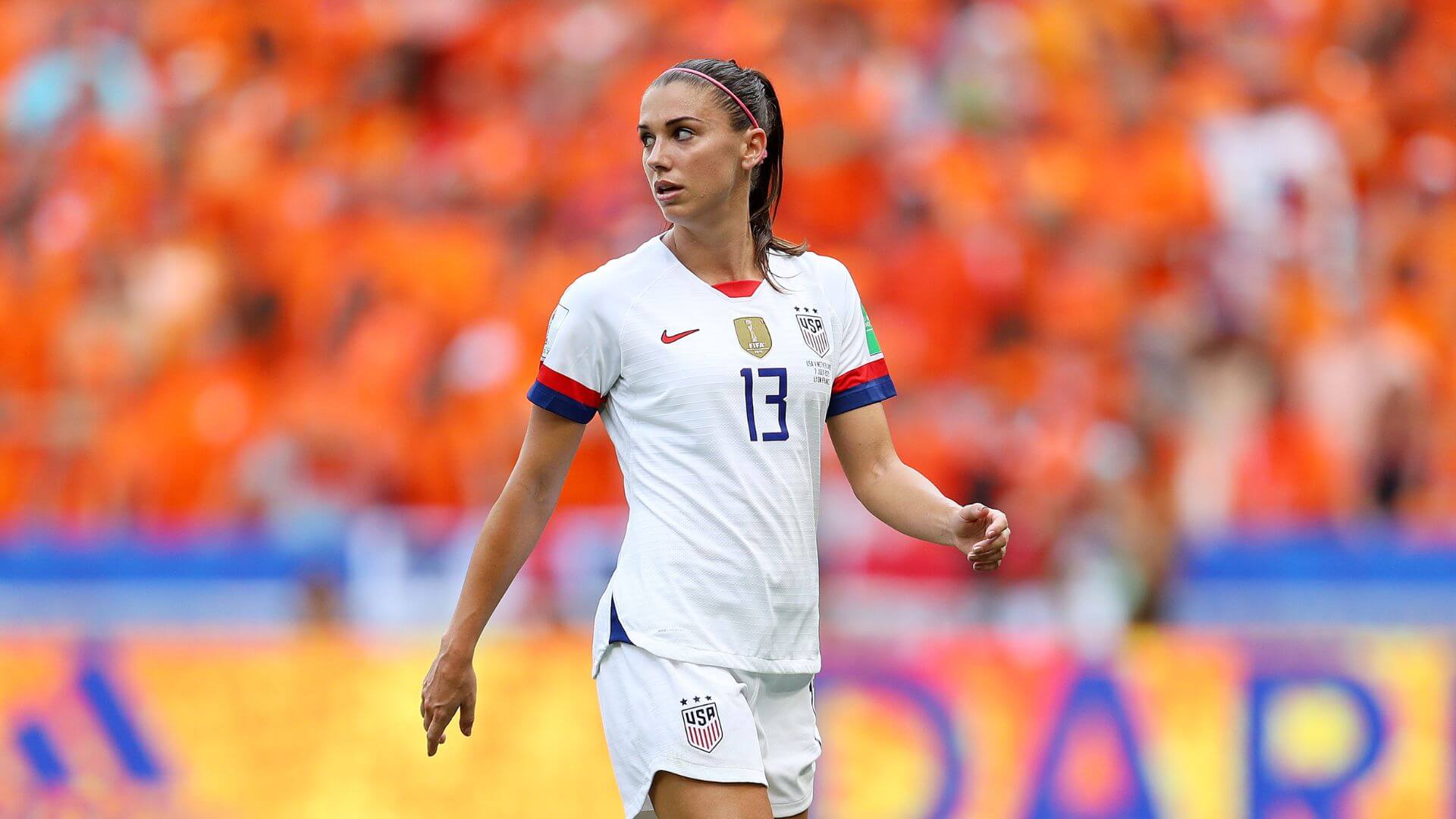All Turf Is Not Created Equally
Most soccer players prefer to play on grass over turf, and for good reason. Artificial turf cannot mimic the same playing experience as grass, and it poses a greater health risk.
The difference between artificial turf and grass is a well known fact in the world of U.S. Soccer. According to The New York Times, the USMNT does not play on artificial turf ever. The women, however, are often expected to play on turf whether for a friendly, exhibition match, and even at the World Cup.
Even a majority of the current NWSL Challenge Cup is being played on turf — with only the semi-finals and finals taking place on grass at Rio Tinto Stadium. So not only are players facing an increased injury risk due to the shorter recovery time of tournament style, but now they need to worry about the risks turf pose as well.
Here are the facts about how the two playing surfaces stack up:
The risk of injury
A study by the British Journal of Sports Medicine, shows certain injuries, such as ankle sprains, to be more likely on artificial turf. Artificial turf can be riskier for players due to its increased stiffness, which delivers more impact on the player’s bones, muscles, tendons and ligaments. An increase in friction and traction allow players to run at faster speeds and navigate sharper turns, increasing the chance of injuries. Cleats can get also “caught” in artificial turf easier, which can lead to a twisting of the foot.
Alex Morgan, a FIFA Women’s World Cup champion, believes this “stickiness” of artificial turf led to then-Thorn’s teammate Nikki Marshall’s tearing her ACL back in 2014. As Morgan told USA Today, the injury could have been avoided had Marshall been playing on a grass field.
Two types of injuries are so common on artificial turf, they include turf in their name. “Turf burn” is caused when a player’s skin slides against artificial turf. Players can slide farther on artificial turf than on grass, making artificial turf burns more severe. The burn can be uncomfortable or even painful and the open wound places the player at risk of infection.
“Turf toe” happens when a player’s cleats get “caught” in the ground, jamming or overextending the player’s big toe. This painful injury is much more common in artificial surfaces, as the turf makes it harder for the foot to “be released’ from the ground.
Increased recovery time
Artificial turf can also increase the soreness and recovery time of a player. Alex Morgan explained to the USA Today that her body doesn’t ache after playing on grass while there is a unique ache caused by playing on turf. She also points out her recovery time after playing on grass is usually a day, while her recovery time after playing on artificial turf can be up to five days.
A different playing feel
Many players notice a distinct difference in playing on turf versus grass. As former professional soccer player Carrie Serwetnyk told CBS, “Soccer is all about touch. [Real grass] is a better touch.”
The different types of turf can impact a player’s experience on the field. The difference is significant enough that in 2014 more than 40 of the best female soccer players filed a lawsuit against FIFA and the Canadian Soccer Association (CSA) over it, as they prepared to play the 2015 Women’s World Cup on all turf. They argued that their male counterparts played on grass while the women play on artificial turf, an “inferior surface.” The lawsuit was later dropped, but the issue came up again, specifically for the USWNT, in 2017.
When four of their final nine games of 2017 were scheduled to be played on turf, they spoke out. “We feel that it’s not their top priority to put us on grass,” Megan Rapinoe told the New York Times, “so they don’t.”
The ladies felt that this was in direct contradiction to their latest bargaining agreement, and it was even part of the team’s ongoing lawsuit against U.S. Soccer.
When it comes to playing surfaces, there is no substitute for the real thing. The women’s game is subtle and full of nuances, it deserves a real canvas to create play on. Give them grass!



